Filter by

Four years in the Rockies, or, The adventures of Isaac P. Rose of Shenango to…
Probably no man is better know in Lawrence county than Isaac P. Rose, whose adventures in the Rocky Mountains are here given by Mr. Marsh. Mr. Rose is the oldest school teacher in the county, having taught continuously for 45 winters, without losing a day on account of sickness, and is, at the. time of this writing, engaged in teaching his forty-sixth winter's school, and his pupils, some of wh…
- Edition
- -
- ISBN/ISSN
- 374319132
- Collation
- cdl; americana
- Series Title
- -
- Call Number
- SRLF:LAGE-4087027

The manse garden, or, Pleasant culture of fruit trees, flowers, and vegetable…
- Edition
- -
- ISBN/ISSN
- -
- Collation
- 288 p. ; 19 cm,
- Series Title
- -
- Call Number
- -
- Edition
- -
- ISBN/ISSN
- -
- Collation
- 288 p. ; 19 cm,
- Series Title
- -
- Call Number
- -

Structuring an Energy Technology Revolution
An argument for a major federal program to stimulate innovation in energy technology and a proposal for a policy approach to implement it.OCLC-licensed vendor bibliographic record.
- Edition
- -
- ISBN/ISSN
- 9780262255516
- Collation
- 1 online resource (xi, 318 pages)
- Series Title
- -
- Call Number
- -
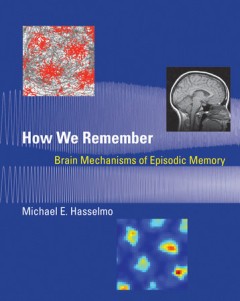
How We Remember: Brain Mechanisms of Episodic Memory
Episodic memory proves essential for daily function, allowing us to remember where we parked the car, what time we walked the dog, or what a friend said earlier. In this book, Hasselmo presents a new model describing the brain mechanisms for encoding and remembering an episode as a spatiotemporal trajectory.OCLC-licensed vendor bibliographic record.
- Edition
- -
- ISBN/ISSN
- 9780262298230
- Collation
- 1 online resource (xii, 366 pages) :illustrations (some color)
- Series Title
- -
- Call Number
- -
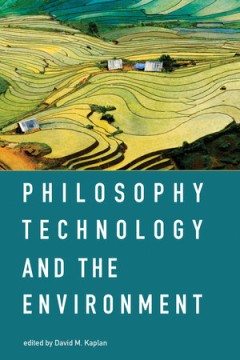
Philosophy, technology, and the environment
Contributions by prominent scholars examining the intersections of environmental philosophy and philosophy of technology.OCLC-licensed vendor bibliographic record.
- Edition
- -
- ISBN/ISSN
- 9780262337991
- Collation
- 1 online resource (viii, 255 pages)
- Series Title
- -
- Call Number
- -
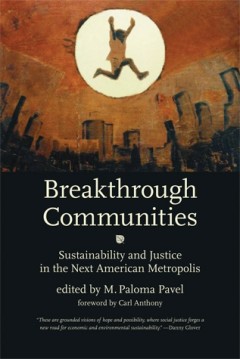
Breakthrough Communities: Sustainability and Justice in the Next American Met…
Activists, analysts, and practitioners describe innovative strategies that promote healthy neighborhoods, fair housing, and accessible transportation throughout America's cities and suburbs.OCLC-licensed vendor bibliographic record.
- Edition
- -
- ISBN/ISSN
- 9780262255479
- Collation
- 1 online resource (xli, 446 pages) :illustrations.
- Series Title
- -
- Call Number
- -
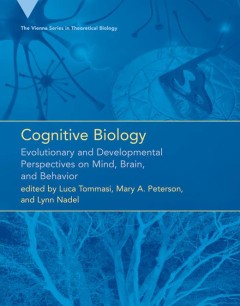
Cognitive Biology: Evolutionary and Developmental Perspectives on Mind, Brain…
This text is an overview of current research at the intersection of psychology and biology which integrates evolutionary and developmental data and explanations.OCLC-licensed vendor bibliographic record.
- Edition
- -
- ISBN/ISSN
- 9780262255264
- Collation
- 1 online resource (x, 342 pages) :illustrations.
- Series Title
- -
- Call Number
- -

Contemporary paintings of India
- Edition
- -
- ISBN/ISSN
- -
- Collation
- 1 portfolio : 28 cm
- Series Title
- -
- Call Number
- nrlf_ucb:GLAD-50543263
- Edition
- -
- ISBN/ISSN
- -
- Collation
- 1 portfolio : 28 cm
- Series Title
- -
- Call Number
- nrlf_ucb:GLAD-50543263
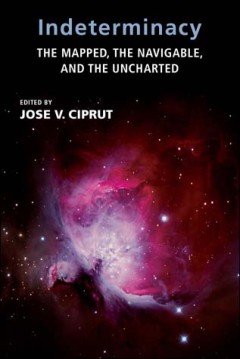
Indeterminacy: The Mapped, the Navigable, and the Uncharted
Interdisciplinary perspectives on the concepts of indeterminacy and indeterminability and the distinctions between the two.Formal thinking about certainty/uncertainty gained greater focus in scientific domains with the advent of particle physics and quantum mechanics. Concern with the exact predictability of events under guidance from scientific determinism led to speculation, then acknowledgem…
- Edition
- -
- ISBN/ISSN
- 9780262270359
- Collation
- 1 online resource (xv, 383 pages) :illustrations, music
- Series Title
- -
- Call Number
- -

Transportation in a Climate-Constrained World
A discussion of the opportunities and challenges involved in mitigating greenhouse gas emissions from passenger travel.OCLC-licensed vendor bibliographic record.
- Edition
- -
- ISBN/ISSN
- 9780262296892
- Collation
- 1 online resource (xiii, 340 pages) :illustrations
- Series Title
- -
- Call Number
- -
 Computer Science, Information & General Works
Computer Science, Information & General Works  Philosophy & Psychology
Philosophy & Psychology  Religion
Religion  Social Sciences
Social Sciences  Language
Language  Pure Science
Pure Science  Applied Sciences
Applied Sciences  Art & Recreation
Art & Recreation  Literature
Literature  History & Geography
History & Geography